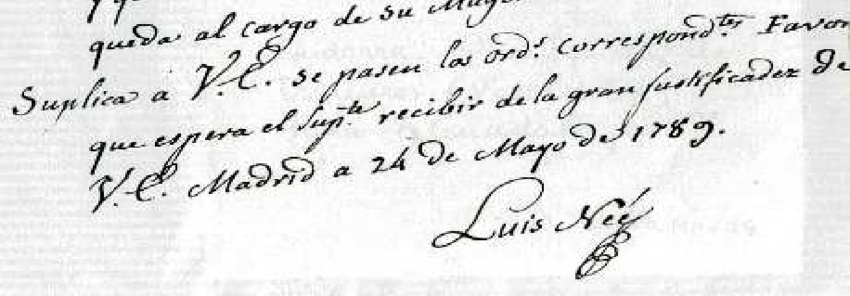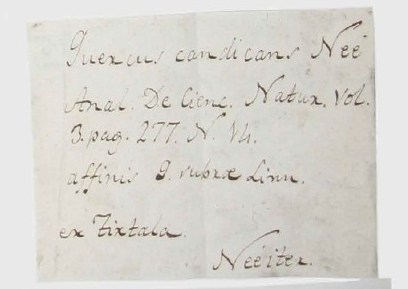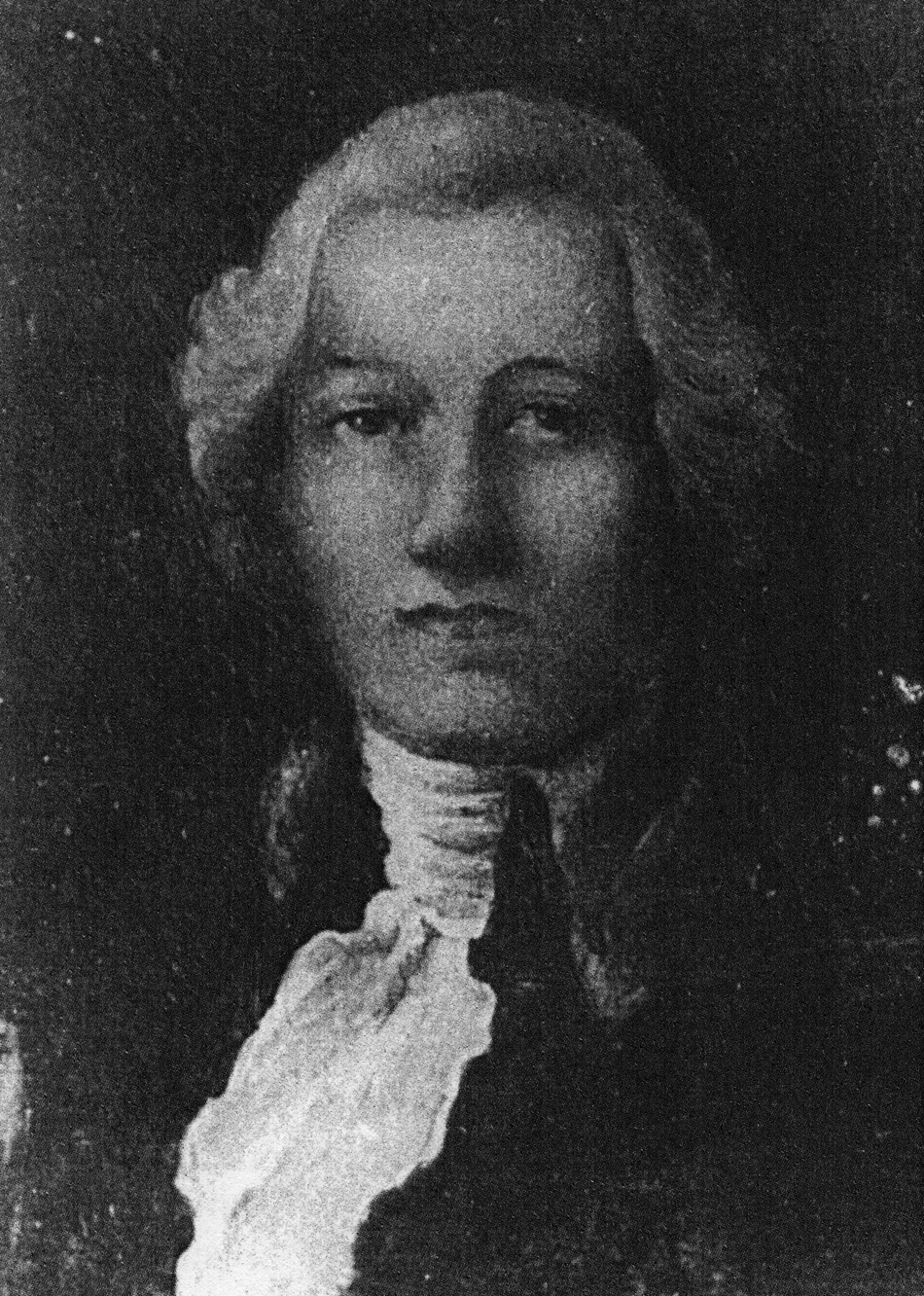Editor's Picks
Plant Focus
IOS members may be aware of a 2023 publication by Bartholomew and Almeda that put the cat among the pigeons in the world of Mexican oak taxonomy. Based on the work of Dennis Breedlove, it proposes significant changes in the synonymy of well-known names. Though not particularly consequential, one of the more preposterous proposals concerns the spelling of the last name of the French-born Spanish botanist Luis Née. I don't use the word “preposterous” lightly: they propose that the unaccented “e” should be put before the accented “é”, (Neé), which is contrary to traditional spelling and to French orthography. They claim that that is how Luis Née signed his name. Are they right? May be.

Above is an example of Née's signature, which shows the accent apparently above the second “e”. Allen Coombes proposed (pers. comm.) the interesting hypothesis that Née placed it there because the flourish on the upper case N occupied the space above the first “e”, so Luis was obliged to alter the usual placing of the accent. However, in specimen labels presumably written by him, there is ample space above the first “e”, and yet the accent is on the second. It may well be that Luis was choosing to place it on the final letter.

The spelling “Née” is commonly accepted in French, where the “ée” is very frequent in nouns and past participles with a feminine ending (e.g., idée, allée, enchantée). English speakers will be familiar with it in the word used to indicate a married woman’s maiden name: née (=“born”). In Spanish, however, the ending “ée” does not exist, and the most commonly found pattern of a double “e” with one accent is “eé”, mostly in first person verbs in simple past (e.g., creé, peleé). Perhaps Luis, who had emigrated from France to Spain at an early age and had become a Spanish citizen, wanted to make his name look more Spanish and less French. The surname seems to be of Irish origin, presumably traceable to an Irish immigrant who moved to France. So it would have had no accents in its original form and the pronunciation may have been closer to the English word “knee” rather than “nay”.

Many academic papers indeed spell his name “Neé”, and “Néé´ is also mentioned as a possible spelling by Stafleu and Cowan’s Taxonomic literature. There is no harm in proposing a different spelling and following what one believes was the author’s personal preference. But it is counterproductive to propose to change the spelling of the standard form of the author’s name, as it appears in the full scientific name of a taxon, following the genus and species, as in “Quercus magnoliifolia Née”. In order to avoid confusion, the International Association of Plant Taxonomy recommends using standardized forms or abbreviations of author names when citing the authority for a name (See Note 1 in Article 46A of the Code). The standard form follows what appears in print in the first publication of the name, and in the case of Luis Née it corresponds to the article in Anales de Ciencias Naturales where his descriptions of oaks appear. There, it is clearly “Née”, even though it appears as “Neé” in other parts of the work.

So the spelling of Luis Née’s last name in author citations should always be thus, regardless of what his personal preference would have been. To print “Quercus magnoliifolia Neé”, as Bartholomew and Almeda do in their “Nomenclator botanicus of Fagaceae in Latin America”, only serves to sow confusion. The taxonomy and nomenclature of Mexican oaks is complex enough as it is.
With thanks to Allen Coombes, Béatrice Chassé, and Francisco Vázquez for valuable comments.















